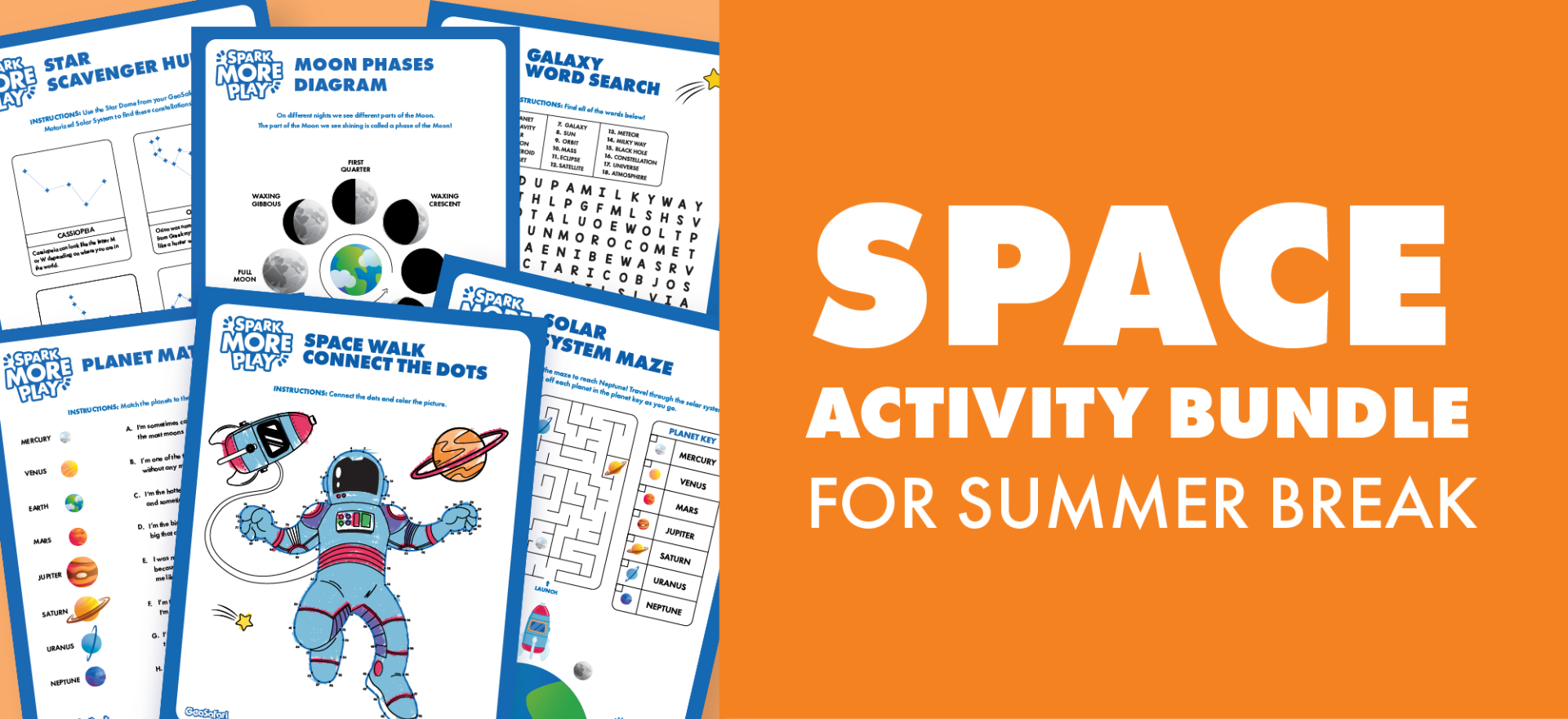
5 MORE STEM-inistsYou Should Know, But Probably Don’t!
- EI Editor Posted On Sep 17, 2015 | STEM Learning
In researching women who have made significant contributions to the STEM fields of science, technology, engineering, and math, we found too many to fit in one blog! Below, enjoy part two of our STEM-inist series, highlighting five more historic and modern-day women we should all know about.
- Mary Anning(1799-1847)This famous female dinosaur hunter began her career in paleontology at age 11, when she recovered the bones of the first known Ichthyosaurus! Mary didn’t have much formal schooling, but she did manage to teach herself enough anatomy, geology, and scientific illustration to become one of the most renowned paleontologists of her time. If your tween digs dinosaurs, check out Mary Anning and the Sea Dragon, the story of Mary’s life and work, then chip away at one of our Dino Digs.
 Mary Anning, photo courtesy of wordpress
Mary Anning, photo courtesy of wordpress
- Hedy Lamarr (1914-2000)Bombs away! One of the world’s first movie stars, Heddy was more than an on-screen bombshell. She and a co-inventor developed a technology that allowed the Navy to control torpedoes from afar! Although the Navy declined to use her patented spread-spectrum technology, it made an only-in-the-movies comeback many years later. Lamarr’s technology was used in secure military communications for many years and is still used in modern day wireless technology like Wi-Fi and Bluetooth.
 Hedy Lamarr, photo courtesy of MGM
Hedy Lamarr, photo courtesy of MGM
- Linda Cureton (1959-Present)3, 2, 1… Blast off! From 2009 until 2013, Linda was the Chief Information Officer at NASA. She was in charge of all of the technology enabling NASA engineers to work… on earth and in space! In addition to providing leadership and advising some of the most brilliant scientific minds of our time, Linda, a fan of social media and prolific blogger, also launched the NASA CIO blog. Before NASA, Linda served as the Deputy Chief Information Officer at the Bureau of Alcohol, Tobacco, and Firearms and the Deputy Assistant Director at the Office of Science and Technology, where her work helped to reduce violent crime, among other things.
 Linda Cureton, photo courtesy of cio.gov
Linda Cureton, photo courtesy of cio.gov
- Ada Lovelace (1816-1852)Although she died before the first computer came into existence, mathematician and writer Ada is considered to be the world’s first computer programmer. Working with Charles Babbage on his “Analytical Engine,” Ada furthered his numeric concept by suggesting that computers could be used for far more than just number-crunching—they could be used to compose music, work in words, or compute just about any process based on logical symbols.We honor her every year on 10/13—Ada Lovelace Day!
 Ada Lovelace, photo courtesy of Science Photo Library
Ada Lovelace, photo courtesy of Science Photo Library
- Olive Dennis (1885-1957)Do you ride the rails? If so, you can thank Olive for keeping you comfortable! A civil engineer with an undergraduate degree from Cornell (the second woman to achieve this degree) and master’s degrees in math and astronomy from Columbia University, Olive eventually became the engineer of service for B&O Railroad. There, she designed creature comforts including passenger-controlled windows, air conditioning in the train cars, dimmed lighting, reclining seats, and other features that still allow train passengers to travel in style today.
 Olive Dennis, photo courtesy of Goucher College
Olive Dennis, photo courtesy of Goucher College
 Shop UK Site
Shop UK Site 








